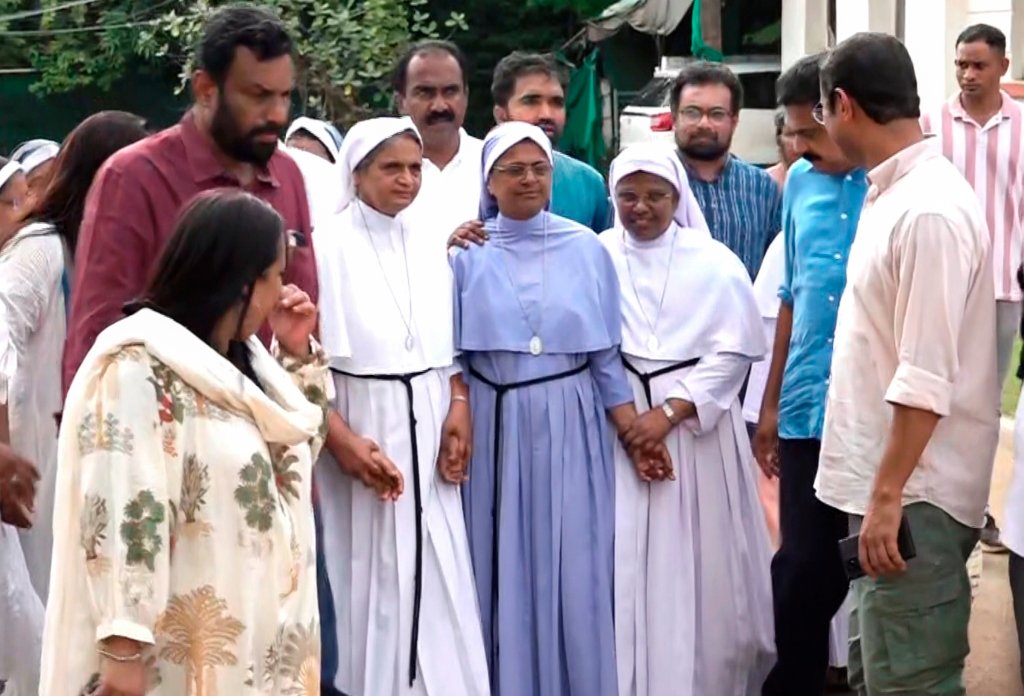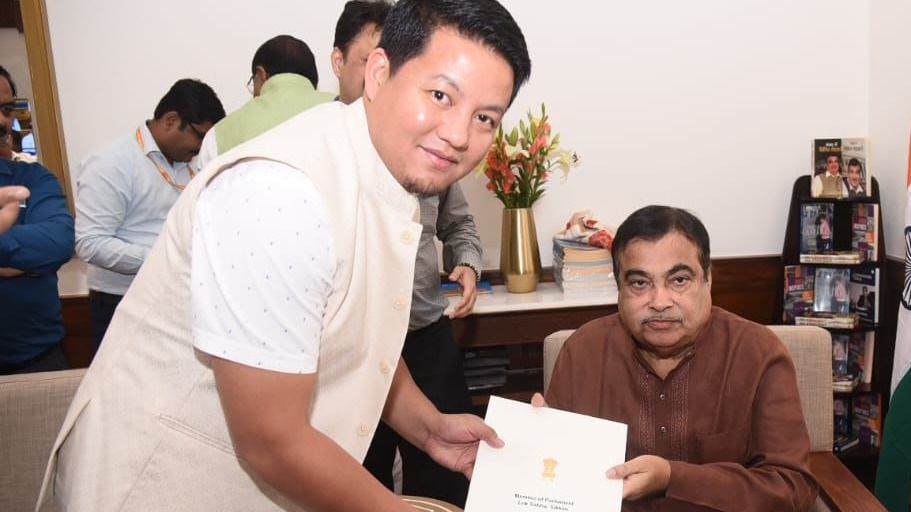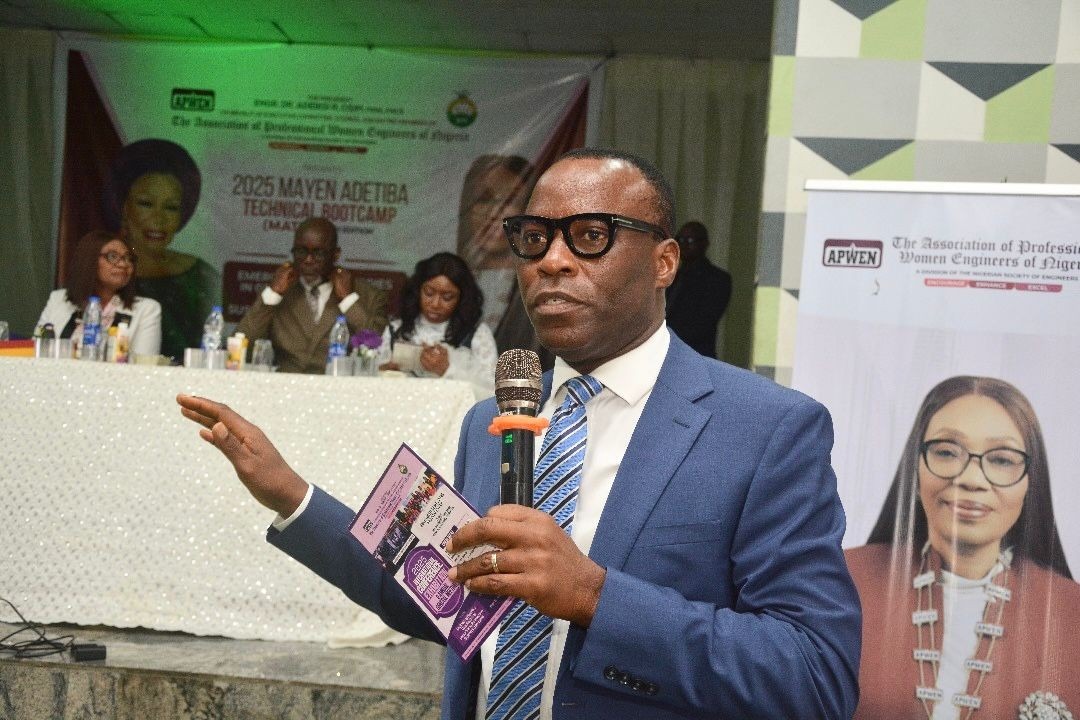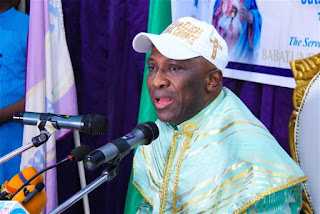Baby Chakraborty, KalimNews, June 16, 2025, Delhi : As India prepares for its first fully digital census, scheduled to begin in 2026, both opportunity and apprehension mark this landmark shift. The transition to digital tools and real-time data uploading reflects Prime Minister Narendra Modi’s broader Digital India initiative, but it also brings to the forefront heightened concerns over data privacy, accuracy, and the potential for misuse in an increasingly cyber-sensitive era.
A gazette notification for the upcoming census will be officially published today, setting in motion an expansive and technologically intensive exercise. The process will be conducted in two phases, starting in 2026 and concluding by February 28, 2027. The final reviewed report is expected to be released after March 2027.
This will be India’s first census to be conducted entirely through mobile applications, with enumerators and officers across all states uploading data directly to a central server housed in the Census Building on Man Singh Road, New Delhi. Each citizen’s data—including religion, age, caste, and household details—will be entered using coded formats. For instance, numeric codes will represent religious affiliations, such as ‘1’ for Hindu, ‘2’ for Muslim, and so forth.
While this digital approach promises efficiency and speed, it also poses complex challenges. The central concern revolves around ensuring the confidentiality of sensitive personal data in a time when cyber fraud is rampant and personal information is often sold or leaked in underground digital markets. Despite legal safeguards stating the confidentiality of census data, the possibility of data breaches remains a matter of serious concern for the Centre.
In response, Union Home Minister Amit Shah convened a high-level meeting on Sunday with Census Commissioner Mrityunjay Kumar Narayan at his residence on Krishna Menon Marg. Another follow-up meeting is scheduled with the Union Cabinet Secretary on Tuesday. These meetings aim to reinforce safeguards that ensure data integrity and protection throughout the census process.
Special emphasis is being placed on data verification. Mechanisms will be implemented to detect anomalies—such as improbable age gaps between family members or mismatched religious or caste information. If any such inconsistencies are found during central-level reviews, the relevant enumerators will be dispatched again for field-level verification. Situations such as foster parentage, religious conversion, or household reconstitution will be carefully evaluated to uphold the accuracy of the data.
A particularly sensitive aspect of this census is the inclusion of ‘others’ under caste categorization, encompassing a broad array of communities beyond Scheduled Castes and Tribes. While Scheduled Castes include only Hindus, Sikhs, and Buddhists, Scheduled Tribes can belong to any religion. In a diverse country like India, many individuals from these ‘other’ communities may not possess caste certificates. The census will rely on verbal declarations from the head of the household in such cases—raising further questions about verification and potential discrepancies.
With the census data sheet currently under development, key questions remain about how to handle non-disclosure, inaccurate reporting, or intentional data omission. The central objective remains twofold: to capture a comprehensive, inclusive, and truthful demographic profile of the country, and to ensure that Digital India’s most ambitious data initiative does not compromise the privacy and dignity of its citizens.
The 2026 Census is not only a logistical and technological undertaking but also a test of governance, trust, and digital responsibility in the world’s largest democracy.








